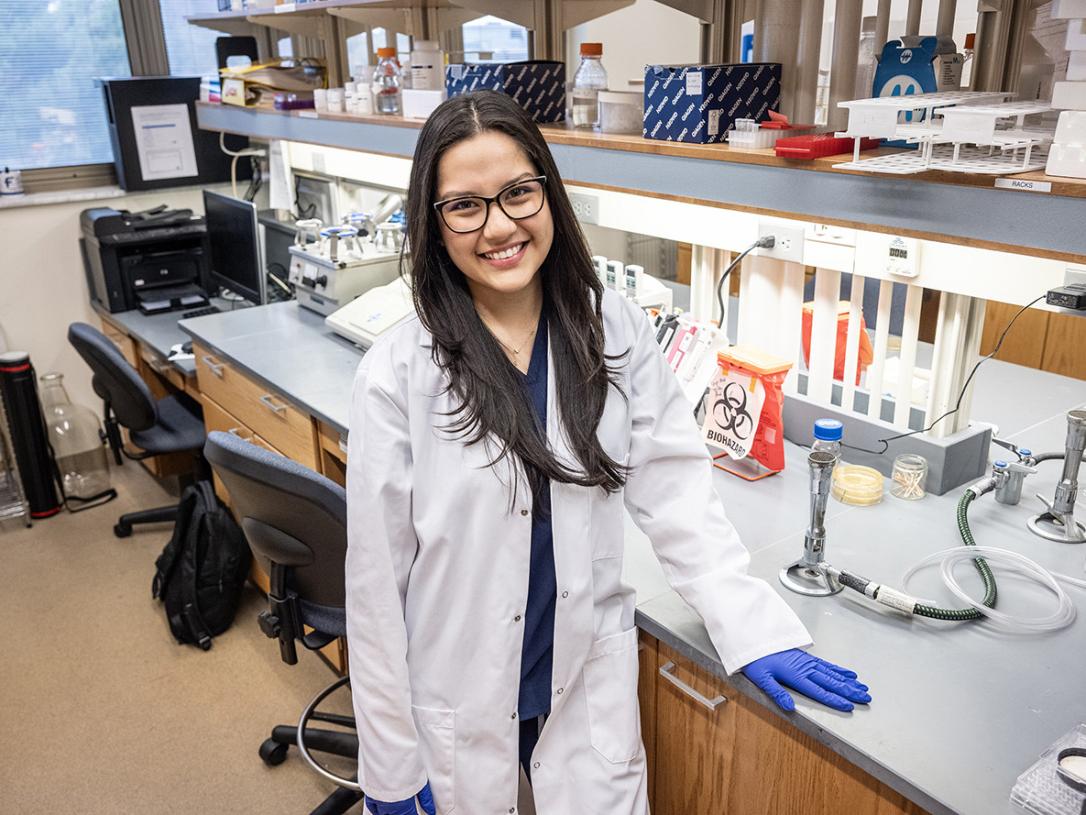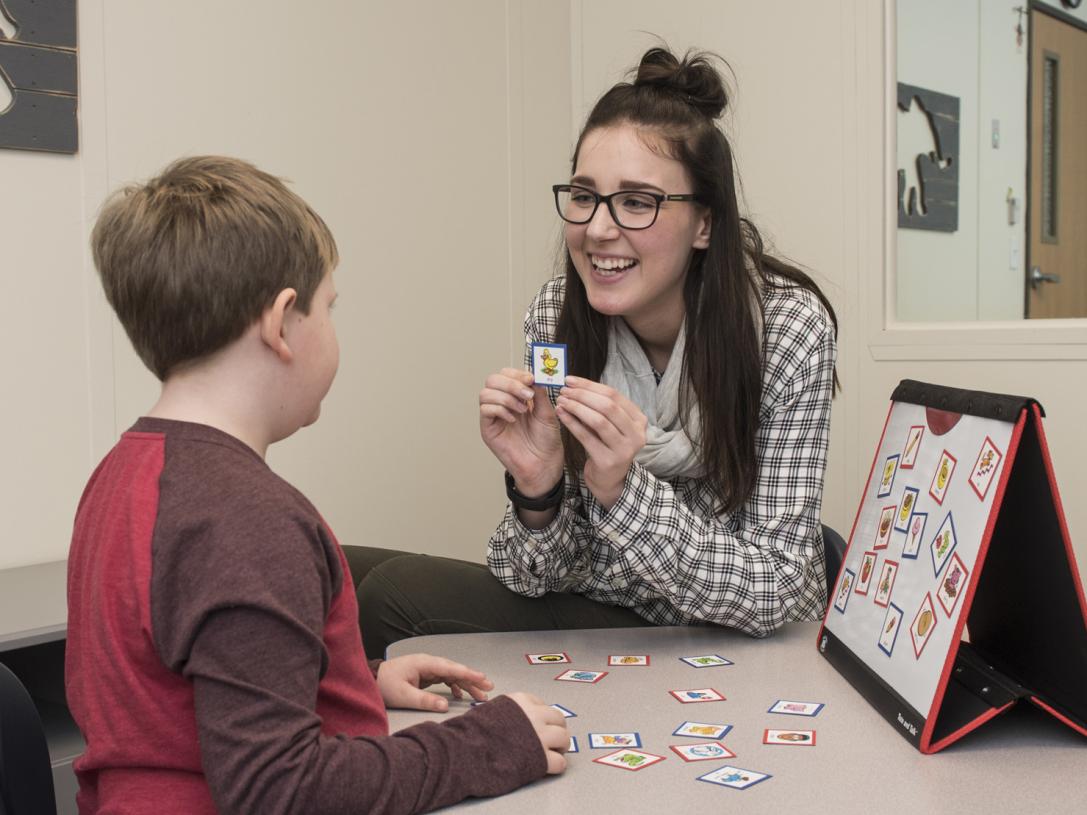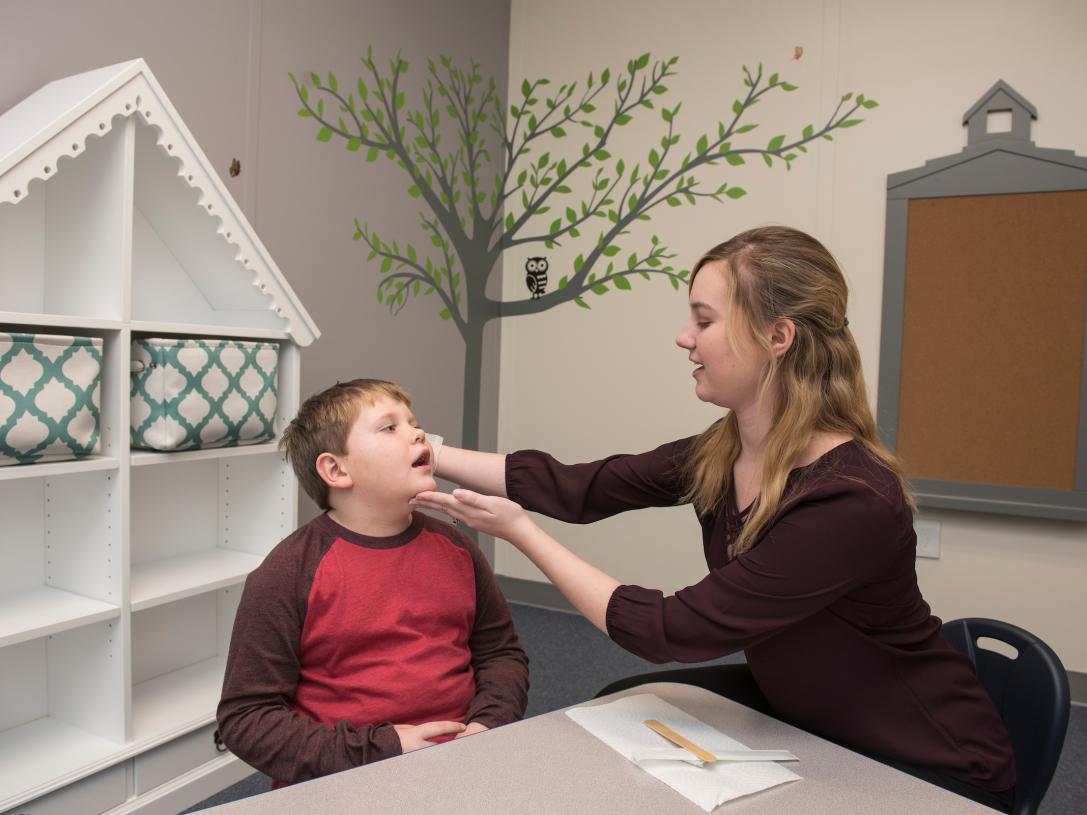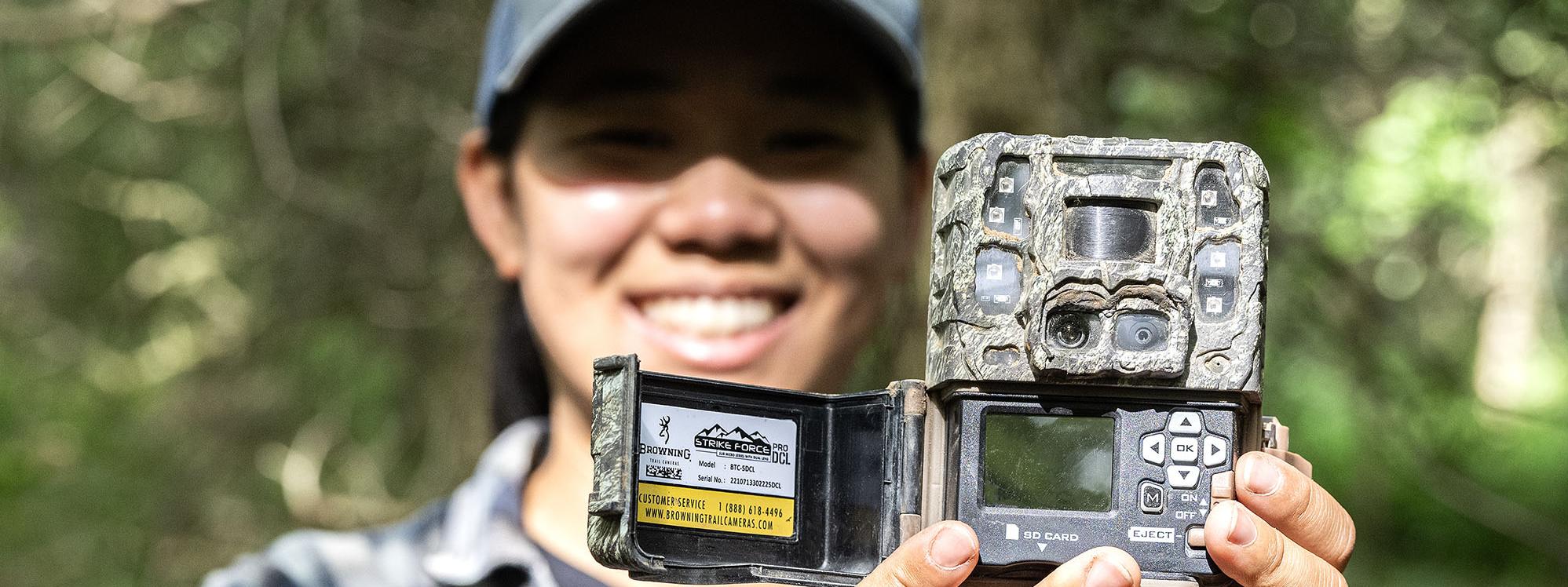
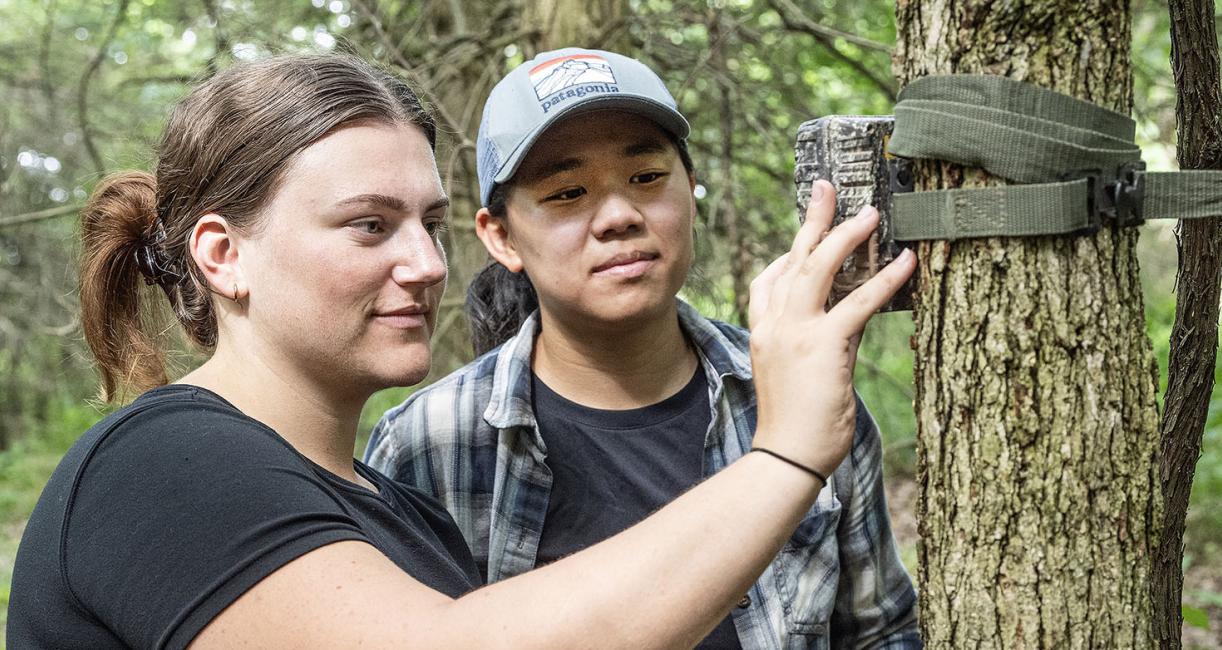
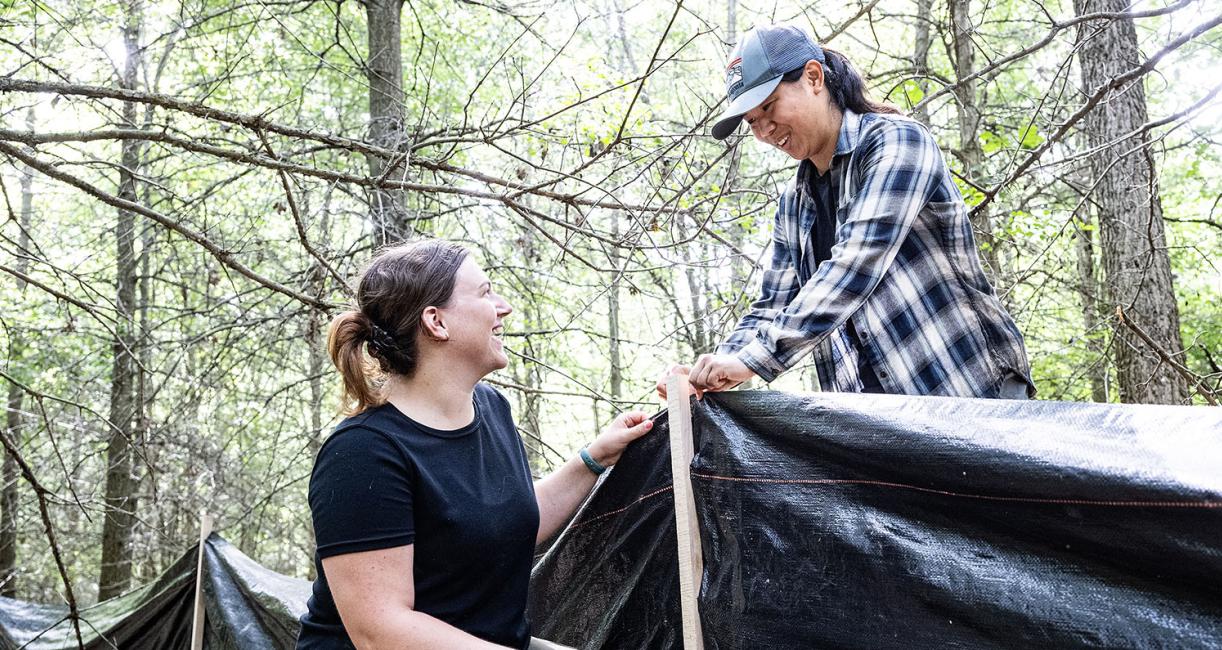

Purdue Fort Wayne graduate student crisscrosses Indiana to study small mammal population
By Blake Sebring
July 17, 2025
Though arriving in Fort Wayne just over a year ago, California native Lauren Lee has probably seen more of the Hoosier State than most Indiana natives—especially spots hidden from major highways.
A Purdue University Fort Wayne graduate student working on her master’s degree in biology, Lee has been involved with a research project since last summer that has required her to place 102 Adapted-Hunt Drift Fence Technique camera traps across the state. Funded by a $150,000 Department of Natural Resources grant to study the small mammal population, Lee continually crisscrosses Indiana every month to check her systems and swap out secure digital SD memory cards and rechargeable batteries. The work includes hitting up to 10 locations in a day before finding a state park or fish and wildlife area to camp out.
“I’ve learned that podcasts are nice when driving all over the state,” Lee said with a laugh.
The term camera trap is a misnomer because the animals are not actually captured. Camera traps are a growing technology used by researchers, hunters, and backyard wildlife enthusiasts all over the world. It’s an effective way to photograph rare, elusive, fast-moving, and human-evasive wildlife species.
The systems are built specifically for smaller species by using two common office-style trash buckets with entrances cut into the two sides, which allow organisms to enter and exit at their own will, getting their pictures taken while inside.
While visiting publicly managed lands from Indiana’s flat north to the hilly south, Lee’s study has collected over 1.5 million pictures, of which more than 500,000 have been cataloged using an artificial intelligence platform. In September, she’ll end the photography and begin studying the data to see what trends can be observed. What small animal species are still in the state and where? What types of behaviors can be observed? Are they moving, and are there signs of problems?
She’s overlooked the bluffs on the Ohio River, walked along state borders to Illinois, Ohio, and Michigan, and explored pretty much everywhere in between to find places where small animals are prevalent. Along the way, Lee also charts ecological habitat conditions such as types of foliage, the number of trees, canopy cover, and the depth of dead ground flora. These are all important to small mammal distribution as they directly contribute to their survival for resources and cover from predators.
“The goal is to provide the Indiana DNR with an update on the species and where they are,” said Scott Bergeson, PFW’s assistant professor of biology and Lee’s mentor. “We get to figure out how our supposedly abundant mammals are doing in Indiana. Are they truly abundant? Are things changing? For the longest time, no one has looked at our small mammals because it takes a lot of time to capture them. It would be impossible to collect this much data using traditional live-capture methods.”
Bergeson said this is the largest project his graduate assistants have attempted, and it’s significant for the entire state. The last similar study was by Indiana University’s John Whitaker for a 2009 update of his 1982 textbook “Mammals of Indiana.”
Essentially, Lee could add a project manager line to her resume because she’s worked with hundreds of state and federal wildlife officials, including time spent in protected areas, national forests, and land trusts. She’s also pushing the technique further by helping standardize the methods of the equipment. This isn’t the only project using the technology, but Bergeson is connected to these systems all over North America—and Costa Rica—as part of a large-scale weasel research study.
Whitaker needed to physically capture the animals to determine their species and collect baseline biological data, while Lee only wants their infrared image. Many of the cameras will stay in place, allowing the DNR to continue collecting data for years.
Lee’s goal is to publish the results in a peer-reviewed scientific paper that might lead to her first full-time position as a wildlife biologist. Until then, she has a lot more driving on her schedule.
“Experiencing Indiana through the lens of someone relatively new to the Midwest continues to be overwhelmingly positive,” Lee said. “Despite common perceptions, Indiana is home to uniquely biodiverse ecosystems—from its state parks and riverways to prairies and diverse forests. What has stood out to me most is the deep appreciation and respect many Hoosiers have for the natural lands and wildlife. I’m privileged and very grateful for the opportunity to conduct the research I do, and I hope it contributes to the conservation of small mammals and the promotion of healthy ecosystems for generations to come.”
